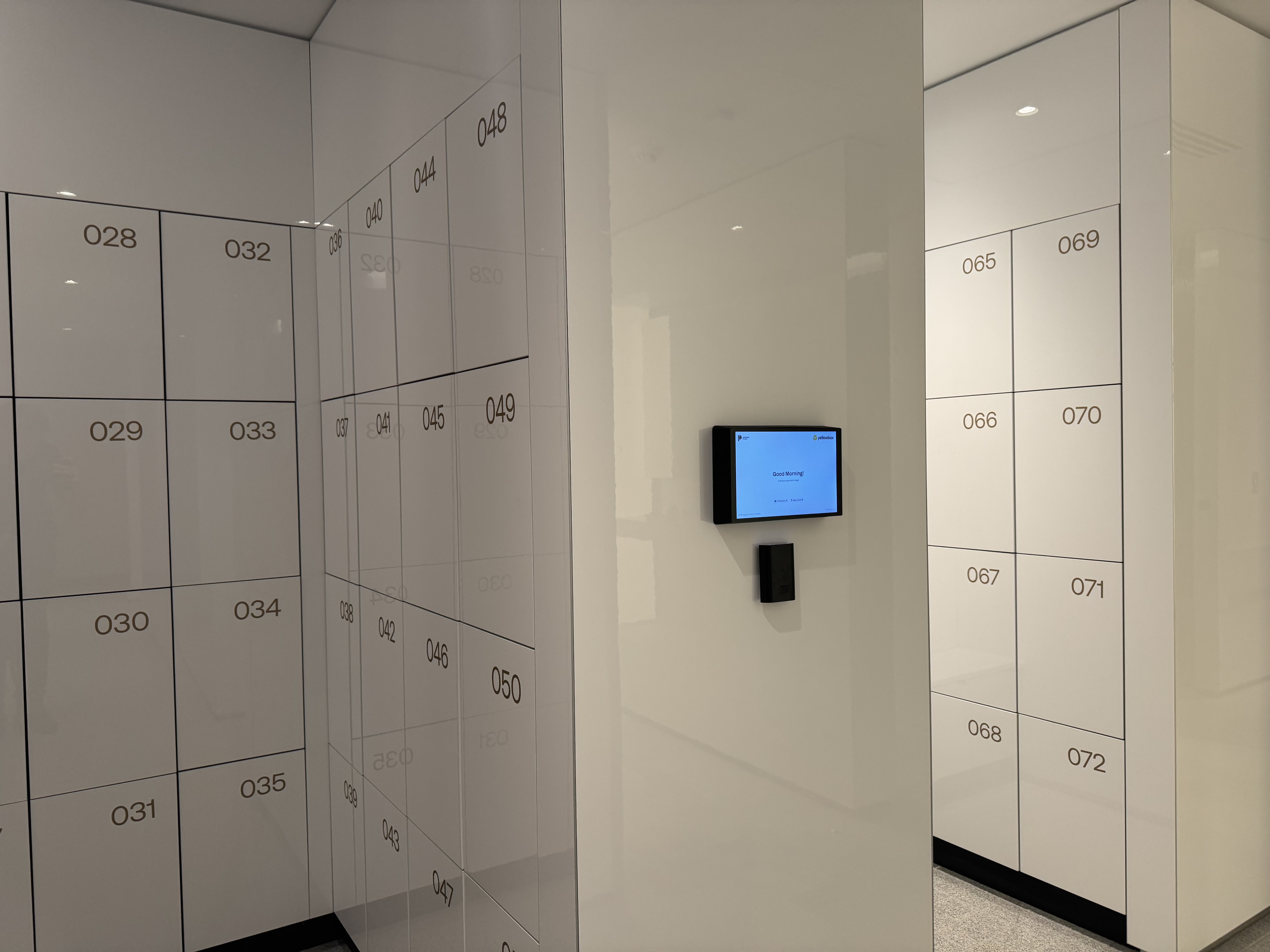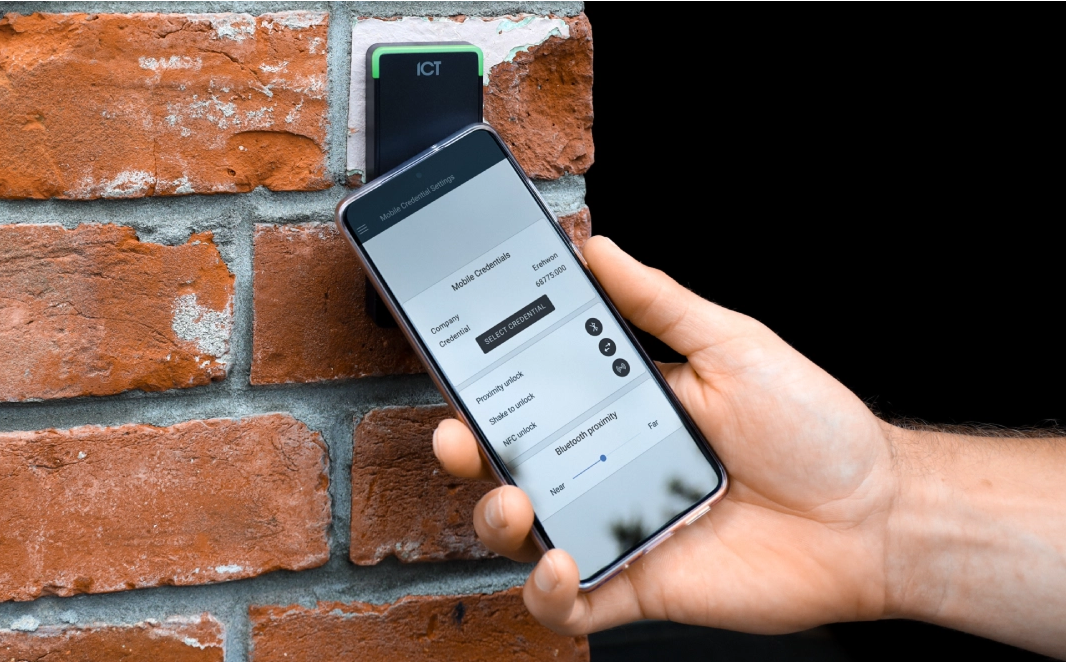In 2025 the smart office has matured from simply being ‘connected’ to being fully adaptive, data-driven and employee-centric. From entry-level tech like collaboration apps and booking systems to advanced systems such as IoT sensors, AI-powered building management and ambient intelligence - this article walks you through smart office technologies, from beginner-friendly to advanced.
Top 4 smart office technologies for beginners
If you don't yet have a smart office but want to, it can be challenging to decide where to start, especially if you're on a tighter budget. Here are some of the technologies you can implement and start your journey toward a more sustainable workspace. Make sure you also check out how to manage smart office expectations when starting out.
1. Collaboration tools
Video conferencing software (including higher quality webcams and other video equipment) and virtual whiteboards will be ideal for onsite and remote workers. The team can work together in real-time regardless of where they are, easing the communication and ensuring everyone's on track.
Moving away from email and using other communication tools will save time and management, and saving files on a cloud server will enable the employees easy access.
2. Virtual assistant
We are familiar with virtual assistants in our personal lives (think Siri or Alexa), but they are also a great addition to any workspace aiming to become smarter.
Smart virtual assistants help in scheduling and managing meetings, have reminders for to-dos and answer inquiries.
You can connect any other devices and sensors you might have to your virtual assistant as well.
Having all of this information available in real-time eases the workload and helps you stay organized.
3. Smart desks
Smart desks are workstations that adapt to the employee, instead of the other way around. They can be a sit-stand combo and scheduled to move at specific intervals.
The smart desk software allows employees to book workstations if you're practising hotdesking.
It's one of those treats for employees that will keep the morale and productivity high and keep your work conditions top notch.
4. Smart lockers
Smart lockers are lockers you can open via RFID, pin code or through an app on your phone, and they come with software called a smart locker system.
Smart lockers are very practical for hybrid workspaces because it’s easy to reserve and use a locker when needed (ie. for a day). A smart locker system allows for tracking usage in real-time, saves hours on management and keeps the reservation process completely self-serve, reducing staff workload. Anti-hoarding mechanisms make sure everyone can be allocated a locker. Every employee can have their own space, protected with a secure lock, rather than experience frustrations with outdated mechanical locks.
Top 4 smart office technologies for already smart offices
1. Smart lockers
Yes, smart lockers have made it to both of our lists. Businesses that already have smart technologies implemented in their spaces, can still easily miss out on - smart lockers.
Not only is a smart locker system highly beneficial for the end-users and management, but the business can also save money by utilising generated reports and data insights and plan accordingly for future installations.
2. Sustainability sensors
One of the essential goals of a smart building is sustainability. To be environmentally friendly is as crucial as minding employees' wellbeing and safety. If your business has already implemented technologies that focus on work productivity, consider investing in water consumption tracking, climate and lighting sensors, etc.
3. Visitor sign-in system
A sign-in system for visitors (ideally contactless) is an excellent add-on for security. It's not enough to keep things secure within the office but to also reduce the risk of unauthorized access to the premises. A visitor can sign in with their phone, or via tablet or kiosk. Besides the contactless option, there's also fingerprint identification available.
Make sure that your entrance security level matches the one at the workplace.
4. Social distance monitoring system
While hopefully, this system is something we won't have to use for long, in this new post-COVID era, investing in a health safety monitoring system is a good idea.
You can provide wearable beacons for onsite employees that will ensure the social distance regulations are being followed. It's an extra step to protect the health and wellbeing of employees.
Smart office today has to aim to be a sustainable and secure place, optimised for employees' wellbeing. It must remove any obstacles to productivity and even ensure health protection measures.
Whether you are looking first to implement smart technologies or upgrade your already flexible workspace, these lists will help you find ideas and be a starting point to the next step in creating a future-ready office.



























